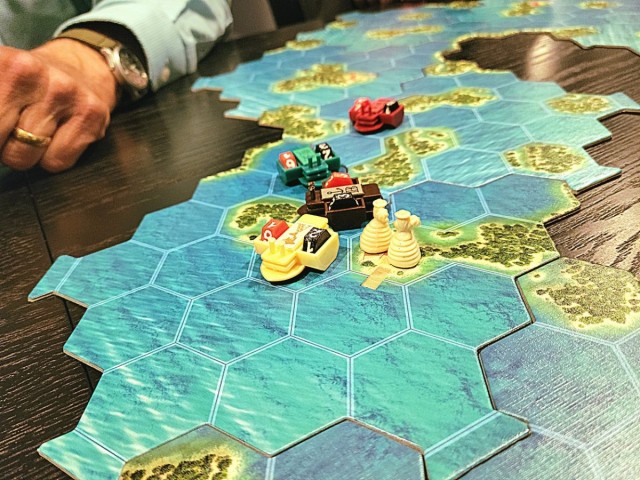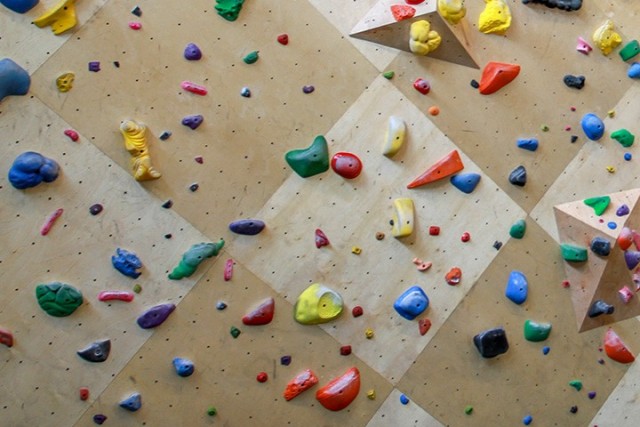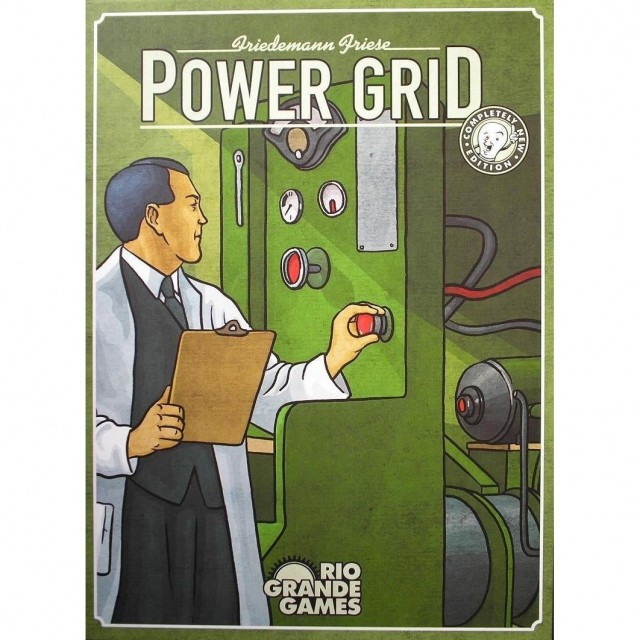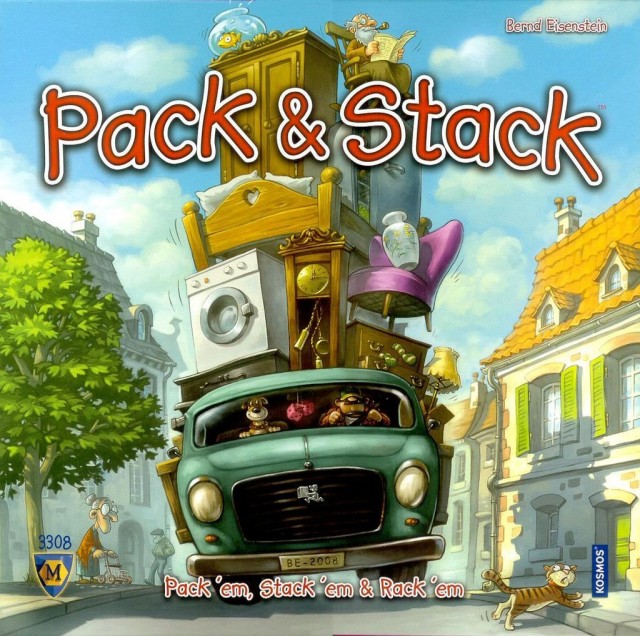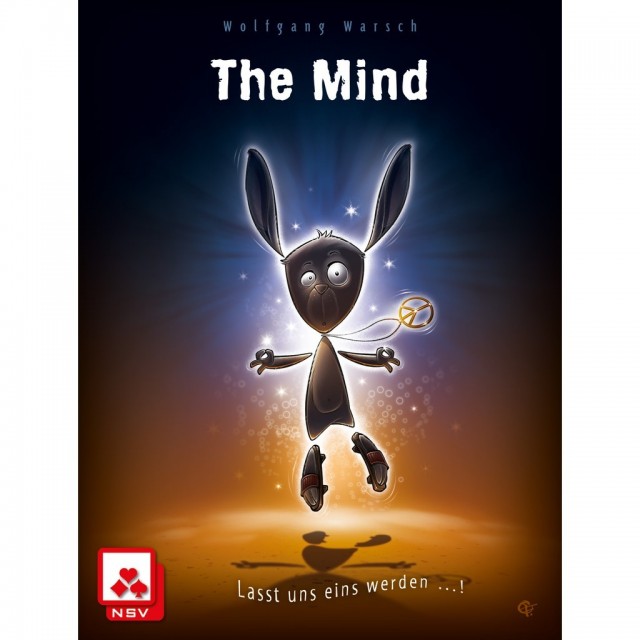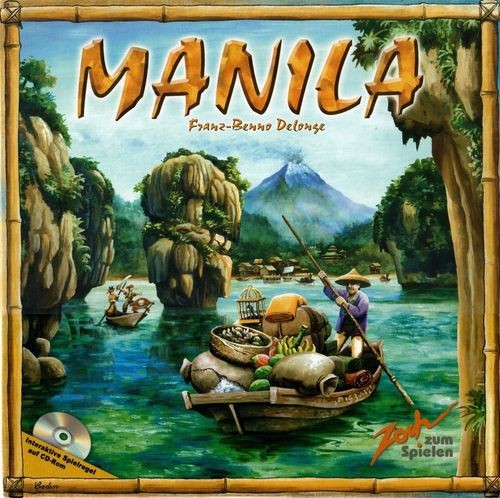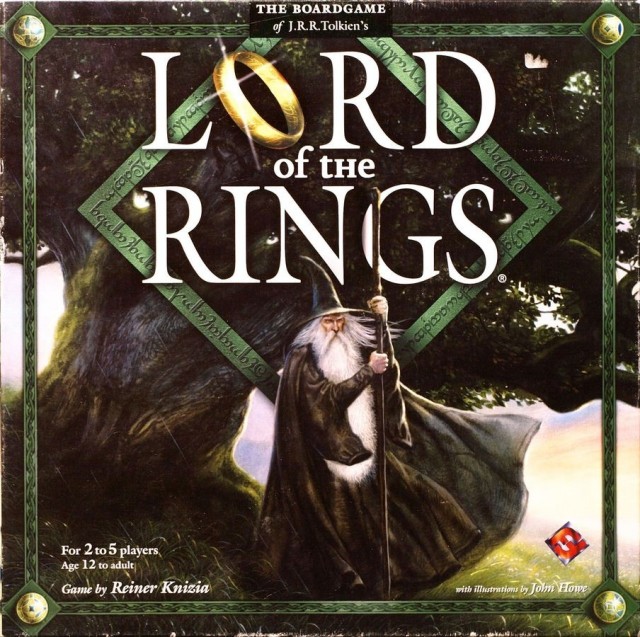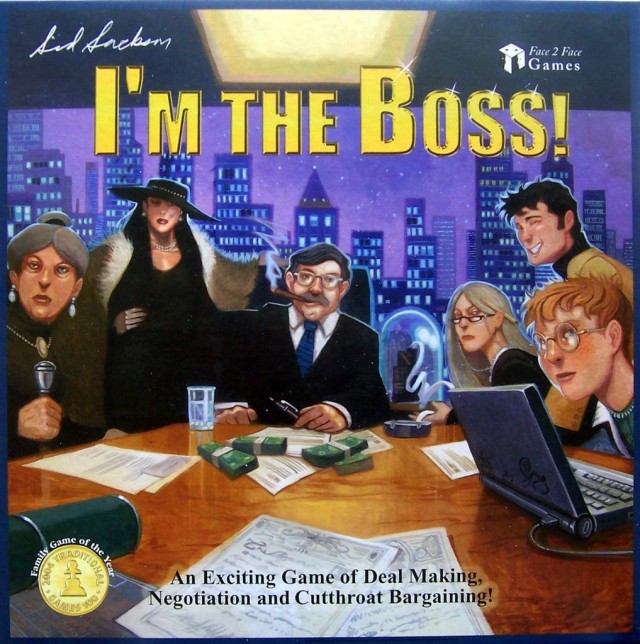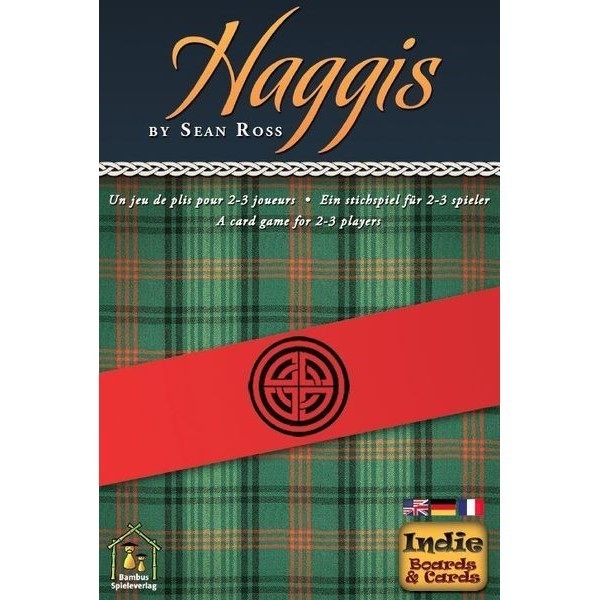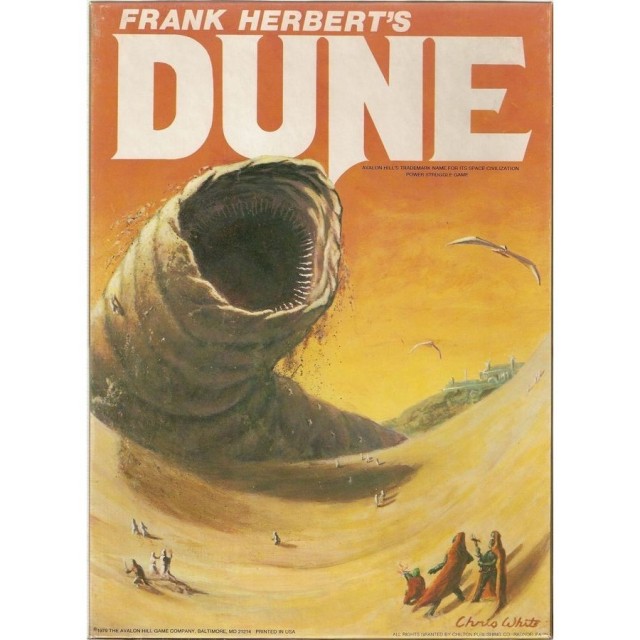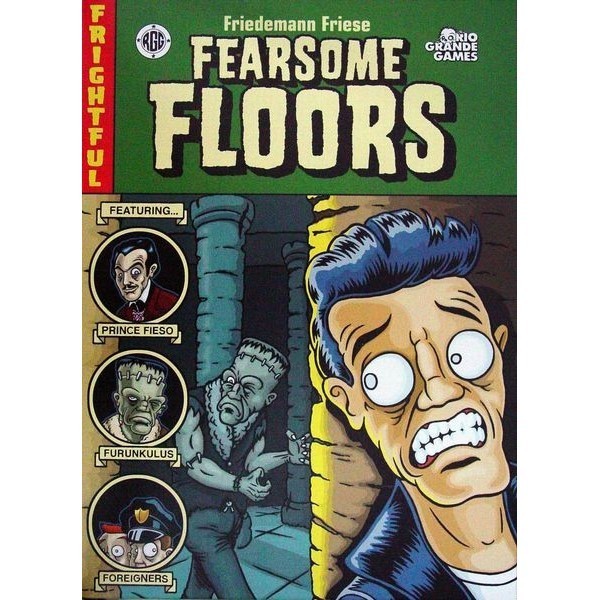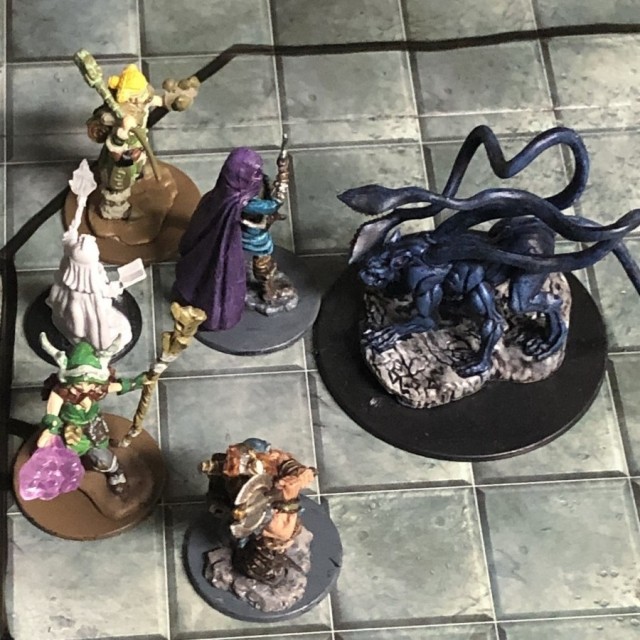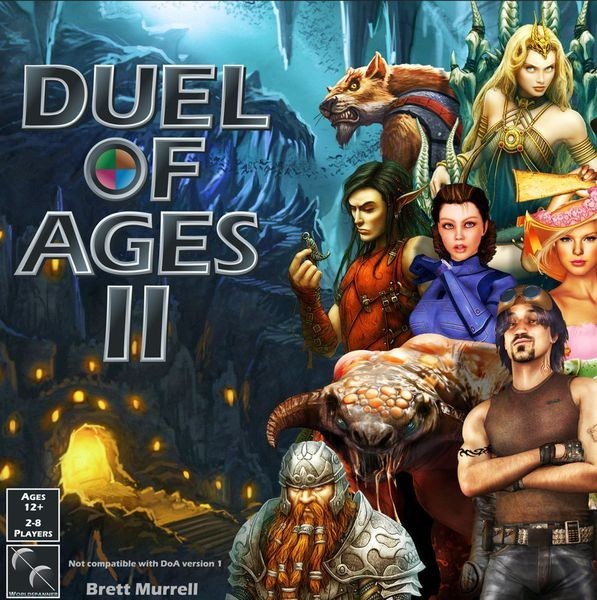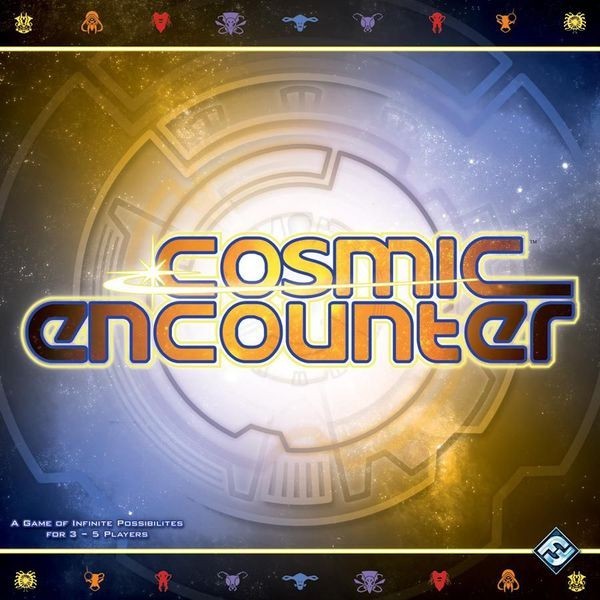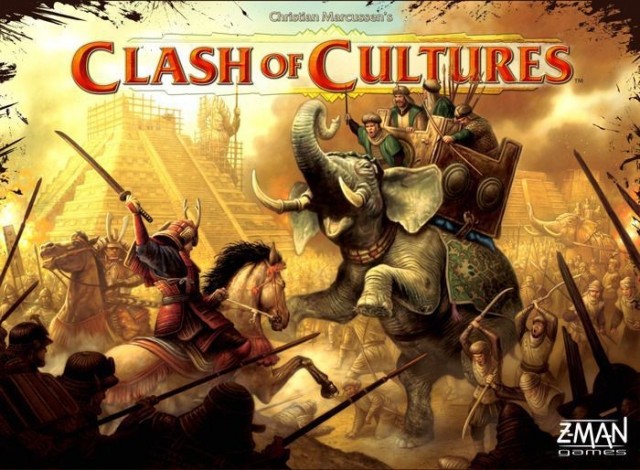Stroll on in for Next of Ken, where this week I've got a double-dip review, one of Asmadi Games Horrorfest Sanitarium (not to be confused with Santorum, equally as frightening) and the other of Asmodee's new hotness Seasons. Join us, won't you?
Let's dive right in to the Belly of the Beast, shall we?
No More Can They Keep Us In, Listen, Damn It, We Will Win
You wake up in a pitch black room, with no memory of where you are, or how you got there. Turns out you're in an insane asylum, where you're trapped with other victims suffering the same condition. As you all try to escape, those shadows on the wall lengthen...are they following you?
 That's the premise behind Asmadi Games' new title Sanitarium, that they've dubbed a "card-driven horror escape game." The goal of the game is to find all of your 'Safe Items' and make your escape, but to find them, you'll have to run through dark corridors, searching rooms, and hoping the lingering shadows don't catch you.
That's the premise behind Asmadi Games' new title Sanitarium, that they've dubbed a "card-driven horror escape game." The goal of the game is to find all of your 'Safe Items' and make your escape, but to find them, you'll have to run through dark corridors, searching rooms, and hoping the lingering shadows don't catch you.The map itself is made up of cards that are drawn from a central deck. The front side of most of them is an item or event card. The items may match 'Safe Items' that you are dealt at the start of the game. On the back side of these cards are two small square rooms with doors. On a player's turn, you draw the top card of the deck, look at it, then place the card face down wherever you choose, so long as one of the doors on the back match up with a door already in play.
Then shadows move toward you--these are unspeakable things lurking in the dark, hoping to terrify you, drive you mad, and keep you in this asylum forever. If you get caught by them, you have to make a "Horror Check", which gets more and more difficult as the game goes on. Fail one of these, and you'll be dealt a new Hallucination card, which hurt you in various ways such as slowing down your movement, forcing you to discard items, stuff like that. To get rid of items, you'll need to discard precious items or Events, as each has a Sanity cost that can be spent to cure these Hallucinations.
From there, you roll some dice depending on the scenario. One of them will be your AP for the turn, while the other two can be used to essentially move Shadows toward your opponents. Your Action Points can be spent to move from room to room or search a room you're in. To do that, use an Action Point and look at the card of the room 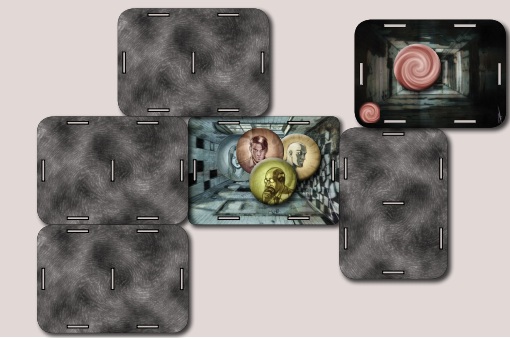 you're in. If it's an Item and you haven't already picked up an Item this turn, you place it face up in front of you. If it's a Safe Item, you can then reveal on of your Safe Item marker cards to protect it from theft and show your progress. If the searched card is an Event, you're free to take it or not, your choice. If you take the Item or Event, a card is drawn from the top of the deck, you look at it, and replace it exactly where the original card was.
you're in. If it's an Item and you haven't already picked up an Item this turn, you place it face up in front of you. If it's a Safe Item, you can then reveal on of your Safe Item marker cards to protect it from theft and show your progress. If the searched card is an Event, you're free to take it or not, your choice. If you take the Item or Event, a card is drawn from the top of the deck, you look at it, and replace it exactly where the original card was.
 you're in. If it's an Item and you haven't already picked up an Item this turn, you place it face up in front of you. If it's a Safe Item, you can then reveal on of your Safe Item marker cards to protect it from theft and show your progress. If the searched card is an Event, you're free to take it or not, your choice. If you take the Item or Event, a card is drawn from the top of the deck, you look at it, and replace it exactly where the original card was.
you're in. If it's an Item and you haven't already picked up an Item this turn, you place it face up in front of you. If it's a Safe Item, you can then reveal on of your Safe Item marker cards to protect it from theft and show your progress. If the searched card is an Event, you're free to take it or not, your choice. If you take the Item or Event, a card is drawn from the top of the deck, you look at it, and replace it exactly where the original card was.There are some other wrinkles to the game. Some of the cards only have full rooms on the other side, and these are always placed face-up. Some of these are "Dark Corridors", and when these are drawn, a new Shadow spawns there if the maximum number of them are not in play already, and Horror Checks become more difficult as these Dark Corridors and Shadows pop-up. Horror Checks are always given in a difficulty (Horror Check: 5) and what you do is roll two six-siders, and you can exceed that value, you're okay...but fail, and you flee to the nearest room and take a new Hallucination--never a good thing. The reason that Dark Corridors make getting caught by Shadows hurt more is that when you're caught by a Shadow, you make a Horror Check of difficulty equal to the number of Shadows + Dark Corridors in play. As the game goes on these checks become nearly impossible to make, urging players to hurry up and make their escape.
There are four modes of play, with mostly minor variations--one "easy" difficulty, one "hard" difficulty, one solo, and one co-op--but that's the game in a nutshell. So what did I think of it?
First up, I love the theme. We don't really get that many horror games, and the ones we do get are mostly just "ARGH! ZOMBIES!" Games about personal horror like this are fairly rare. It gets a lot of points from me on that alone.
I like the gameplay, but to be honest I suck at memory-style games, and that's a lot of the meat here. When you place a card, you're the only one that looks at it, and you're trying to track down your list of Safe Items. (Yes, this makes it a lot like a Scary Scavenger Hunt.) It's not the game's fault but I found myself placing cards and then forgetting what in the hell I'd placed, and where. If memory elements are a turn-off for you, you need to know that going on.
Also, while I dig the whole "doors only need to partially overlap" thing (so you can get really funky shaped Sanitariums), it makes the game a little clumsy, as you'll pick up cards, bumping other cards, and then trying to place the old or new card back exactly as it was. The rules pretty much say "if in doubt, consider two doors connected", but that seems like a necessary evil and it still feels a little sloppy.
Other than that, there is a lot to like about the game. The Hallucinations are well done, they're a lot like the phobias of Arkham Horror. Some are merely annoying, others can really slow you down, but they're all fairly well themed. The harder difficulty mode won't let you escape if you still have Hallucinations, that definitely makes them tougher to deal with. The Event cards let you do a lot of "take that" and players moving the Shadows towards other players is a great way to send them screaming back towards one of the rooms while you race through and snatch up the items you need. Speaking of items, there are cards like "Switchblade" which let you steal from other players should you corner them in the same room...very much like a movie where one of the characters truly wigs out and starts chasing down the others with a sharp knife.
Even though I like the design, it's not a game I'm likely to play a lot, though. I really suck at games involving a lot of memory--I know, that's my fault, not the game's, but man I am freaking TERRIBLE at remembering stuff. And while there are multiple modes of play, they all feel similar and don't shake up the game all that much, so I wonder about the game's longevity and replayability beyond a certain point.
I do like the theme a lot, and I'll wager it'll be a good game to pull out during the Halloween season along with Betrayal at House on the Hill and House of Spirits (double house party, REPRESENT~!). Even though I suck royally at this, I'm hanging on to it for now.
(Thanks goes out to Gamesalute.com for providing me this review copy.)
Desecrated, Eviscerated, Time Perpetuated
 Now on to a game I can gush unabashedly about, and that's Seasons, brought to us stateside by Asmodee (who did provide this review copy.)
Now on to a game I can gush unabashedly about, and that's Seasons, brought to us stateside by Asmodee (who did provide this review copy.)Stefan at Asmodee has this incredible knack for just randomly sending me stuff that I end up really, really enjoying--he reads our website and I'm starting to get a feeling he's just aces at picking out things that people will enjoy. Point to wit, I've asked him for a review copy of something and he'll respond with essentially, "I'm not so sure about that one...but here, try this one instead." And it's always something I haven't heard of but end up enjoying the ever-loving shit out of it!
I forgot what I'd asked for recently, but I got a reply back that essentially said, "I have some better ones in mind." One was Libertalia (the review on that one will wait until next week, so as not to step on Matt Drake's recent review here), and the other was Seasons. Prior to getting these, I'd heard of neither of them. Now? (Spoiler, lulz!) I'm hooked on both of them.
But let's talk Libertalia later. Seasons is a game about a multi-year magic tournament, where wizards will be competing for the elements they need, all in an effort to dazzle the judges and earn crystals and prestige by summoning their magic items and familiars.
Okay, so far that sounds terrible. Let me explain further.
At the beginning of the game, you deal out 9 cards to each player (the game supports 2-4) and you do the "pick one and pass left" thing. What you're doing is building up your nine power cards that you'll use for the entire Tournament of Seasons or whatever it's called. (If a draft sounds daunting your first time out, the rulebook does have some pre-set selections that players can use in their first game, a very handy feature.)
Each of these power cards have a requirement for putting into play, either in the form of elemental energy tokens, crystals, or both. You'll take your nine cards and divide them into three groups--one for the start of the game, one for year 2, and one for year 3. Some cards have awesome benefits that you'll want to get into play quickly, while others are better off just delaying until towards the end of the game.
Then the game begins. There is a wheel divided into 12 spots, 3 for each season. Each season has a set of associated dice, and you'll roll a number of them equal to the number of players + 1.
First, a word about these dice. These dice are large, chunky, engraved, and freaking awesome. They have a nice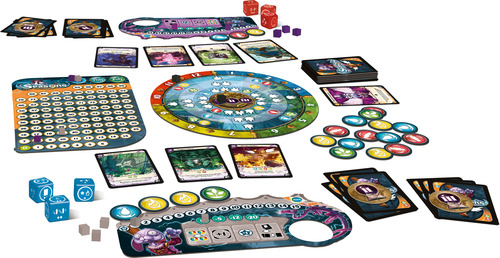 heft to them and it feels good to roll them bones. Ahem...back to the review.
heft to them and it feels good to roll them bones. Ahem...back to the review.
 heft to them and it feels good to roll them bones. Ahem...back to the review.
heft to them and it feels good to roll them bones. Ahem...back to the review.The dice will have multiple items on each side. Some are elements, and these are more abundant in some seasons, impossible to get in others. Some are just victory points in the form of crystals. Some will let you sell off your precious energy tokens for crystals, the worth of which is dictated by what season you're in. Others still have a star icon that allows you to increase your summoning gauge.
See, you're not allowed to slap down your cards willy nilly. As a wizard, you have to build up your summoning gauge, which starts at 0. That's right, at the beginning of the game you're not even powerful enough to cast the spell of minor penile enhancement (and at this stage of the Wizard tourney, you probably need it.)
At any rate, the first player for the turn will select one of the rolled dice to use, and the other players follow suit. Then, in turn order, you'll collect your elements, summoning gauge boosts and/or crystals, and from there you're free to summon cards if you can or use the abilities of cards already in play. Once you're done, play passes to the next player.
Once the round is finished, the First Player will pass to the player to the left, but not before a cool thing happens. You see, every face of every die has a number of pips on them, ranging from 1-3. On the one die that doesn't get drafted, the season marker will tick forward that many spaces. Yep, that's something else you have to worry about--you may want to linger in a particular season longer as a needed elemen may be more abundant there, but that means taking a die with three pips on it even though it's not giving you exactly what you need right away.
If the marker passes the 12, it's on to year 2, where you'll take the year 2 cards you set aside at the start of the game and add them to your hand. Same deal for year 3, when that time arrives.
Now, here's the part where the game does something remarkably intelligent from a game design perspective. You see, at the very end of the game, you'll be penalized five points for every card in your hand. That's right, if you have the knowledge to cast a spell but can't or don't, you'll lose precious points.
Too often, games like this become dominated by card draw engines. Card draw feeds more card draw, and a player who sets up such an engine usually runs away with the game.
Here? Well, card draw can still be very, very good. In fact, it's one of the sides of some of the dice, to draw a new power card. But when you do, you're taking a risk that if you don't play that card, you'll lose points.
 Because of this, this is one of the few games I think of where you can actually use a card to force your opponent to draw a card as a weapon. And there are cards that do exactly that!
Because of this, this is one of the few games I think of where you can actually use a card to force your opponent to draw a card as a weapon. And there are cards that do exactly that!Speaking of those cards, that's where a hefty chunk of the fun comes from. The power cards have all sorts of awesome abilities. Some provide powerful one-time effects when you play them. Others provide constant abilities, and yet others have activation abilities that can help you or really put the screws to your opponent. Most of these power cards have a point value too, so at the end of the game not only are you dodging losing points but also getting more points for getting your power cards into play.
I know a lot of this sounds very Euro-y, and parts of it certainly are, but it's steeped deeply in games like Magic: the Gathering and other CCGs. The game drives you to seek out good card combinations and abilities that will get in there and help you win the game.
I have to give special props to the game's production values. The insert for this game is easily one of the best I've ever seen. Everything, from those chunky dice to the cards to the Season wheel to the little player boards have their own spot. The cards are of decent quality, not linen finish but still holding up well to non-sleeved play so far. The rulebook has an extensive appendix telling you how every card operates and answers pretty much every question you might have about them.
The gameplay will definitely take you a couple of tries before you get the flow down, and there will be a lot of reading of cards those first few games. On that note, I do ask that if you get a chance to try the game, don't judge it just based on the "standard" deck alone. You see, the game has its cards divied up into the "standard" deck and then there are "advanced" cards you can add after your first couple of games. For me, the game didn't really shine until we added in those extra cards, as the variety of effects on them make the game more interesting. Not to mention making the draft much more fun, not having to see the same cards each time.
It's a game that manages to successfully have a little something for everyone. There's card drafting, resource management, big ol' dice, card combos, and a healthy dash of "take that", all in one nice neat package. But don't just take my word for it--as of this writing you can try the game for free on boardgamearena.com. I haven't tried that implementation but I understand it's supposed to be very good. Go check it out if you have any doubts.
Big time thumbs up from me for Seasons. It's a hell of a fun ride and, like Libertalia (SPOILER TAGS, MAN!) has the potential to be The Next Big Thing. Give it a look-see, 'mmmkay?
And another Trashtacular column's in the books! Man, it felt good to use the old term "Trashie Two-fer" again, OLD SCHOOL~! Anyway, until Undertaker takes twelve guys' finishing maneuvers, gets thrown two-hundred feet from a helicopter, and still kicks out at the count of two, I'll see ya again, uh, real soon.
 Games
Games How to resolve AdBlock issue?
How to resolve AdBlock issue? 